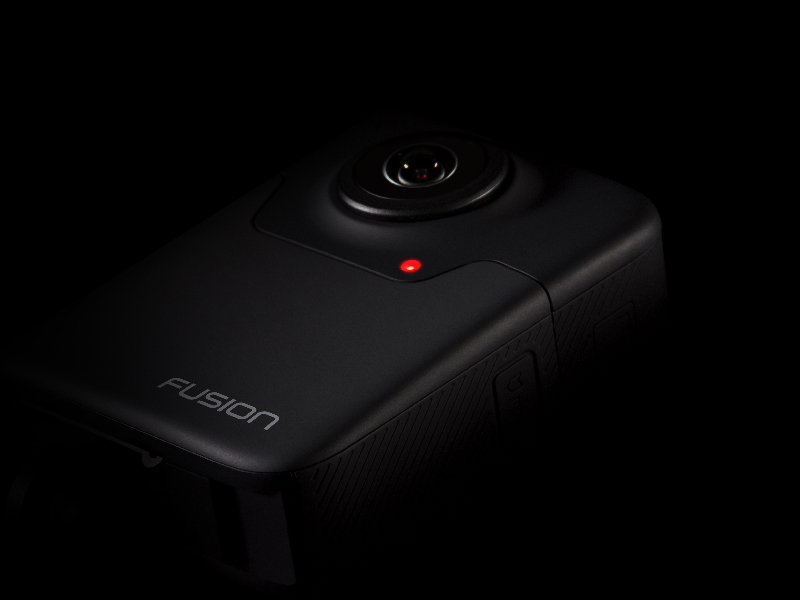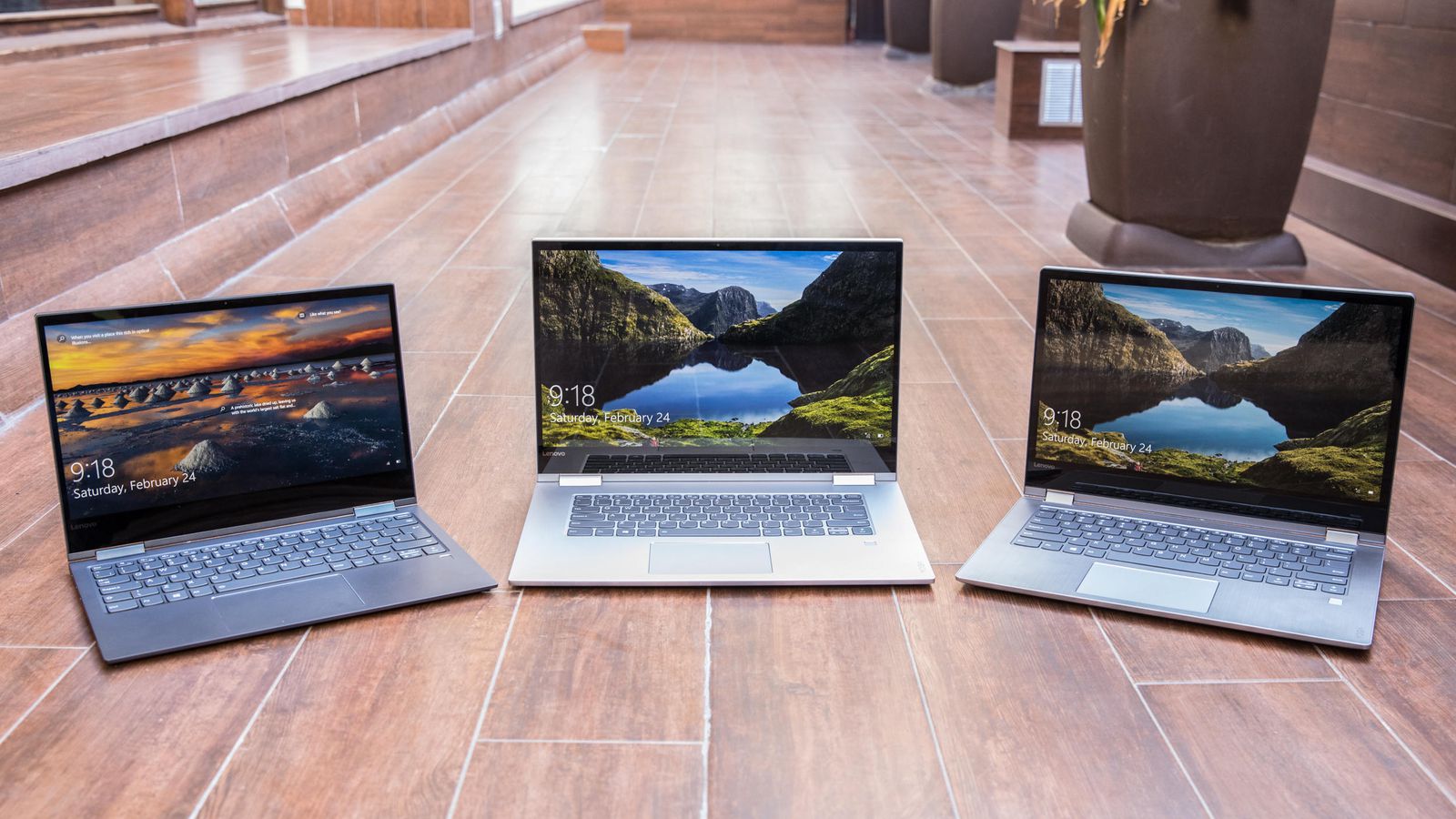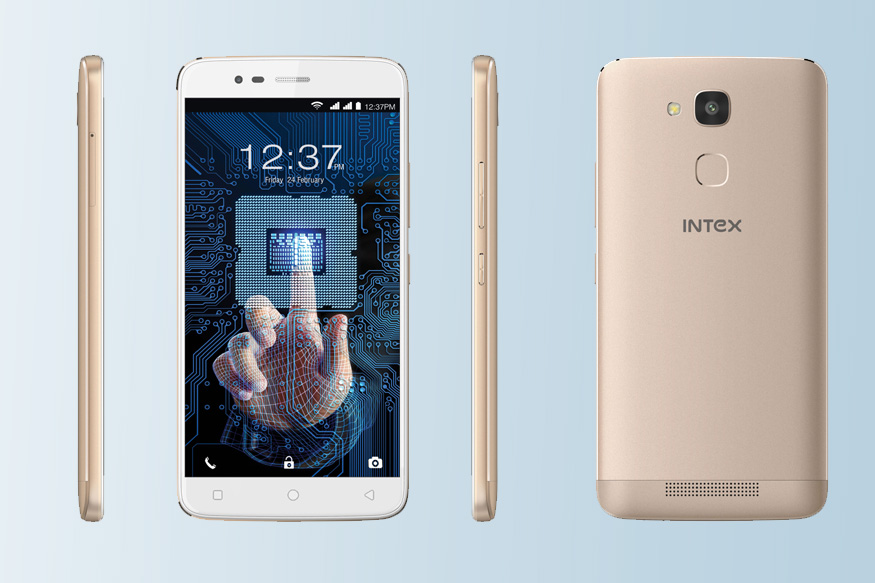DSLR camera buying guide
A DSLR camera (Digital Single-lens Reflex) comes to the mind of most people when we talk about advanced photography. Such cameras offer good quality images and the widest range of lenses which enables the photographer to choose the right kind of lenses to suit their shooting style and requirements. It is important to be realistic about how serious you are going to take your photography in order to determine the purchase the right kind of camera. Here are a few points to be taken under consideration before buying a DSLR camera:
1. Use of a DSLR:
To best fit your requirements for a DSLR camera, you should know why you intend to purchase a camera before you buy one. Would you like to use it for fun and recreation or to become a professional. If you are interested in travel and sports photography which involves a lot of movement then you should consider buying a light DSLR with high shutter speed settings. Low light photography of landscapes and night skies require long exposure and sharp aperture. Therefore all these things should be thought of before you plan on buying your ideal DSLR camera.
For first timers and amateur photographers it is advisable to buy an entry level camera such as the Canon 700D or Nikon D5300.
2. Price:
You can now set yourself a budget after realizing the type of camera that you’re interested in buying. Also consider the cost of purchasing accessories such as camera bags, filters, tripod, lenses, batteries etc. DSLRs price vary from quite affordable deals at the lower end to extremely high prices at the professional end.

3. Resolution: The first question that a common person asks the retailer usually relates to the camera megapixel. If you want to create and print large images then the camera megapixel is essential and needs to be considerably high. On the other hand small images which need to be e-mailed to family should be okay for use with a 12 megapixel camera.
4. Video functions and abilities: What makes most DSLR cameras special is the video function that majority of DSLRs have these days. Because of light gathering censors and lenses some cameras are able to capture Full HD videos that feature highly detailed images and brilliant colors. People are shooting high-end commercial work on DSLRs these days.

5. Camera compatibility: Some models are compatible with each other in terms of using the same batteries, chargers and particularly in the case of lenses which are quite expensive. If your previous gears and accessories are compatible with your new DSLR, it saves a lot of extra cost as you don’t have to buy all new gear again. So don’t forget to look into that.

6. Camera upgrades and updates: The more you spend, the more you get. If you buy a high end camera which allows you to upgrade and update your camera and software then you don’t have to incur much costs in the long run. Also you will get better camera features. At the same time it is important to ask yourself some questions about your current level of expertise and whether you want to get a grip on the basic features and buy an entry level camera and then move on to a camera with better features.
7. Other features:
LCD size, Connectivity, ISO ratings, Burst mode, Maximum shutter speed and Dust protection are some features that should be taken into account before you choose a DSLR. It gives a better feeling when you view your images and videos on a larger screen and if a DSLR has Wi-fi connectivity then it becomes easier to share your work. A good range of ISO settings enables better low light photography. DSLRs vary in the number of frames that they shoot per second as well as how many images they can shoot in a single burst.









